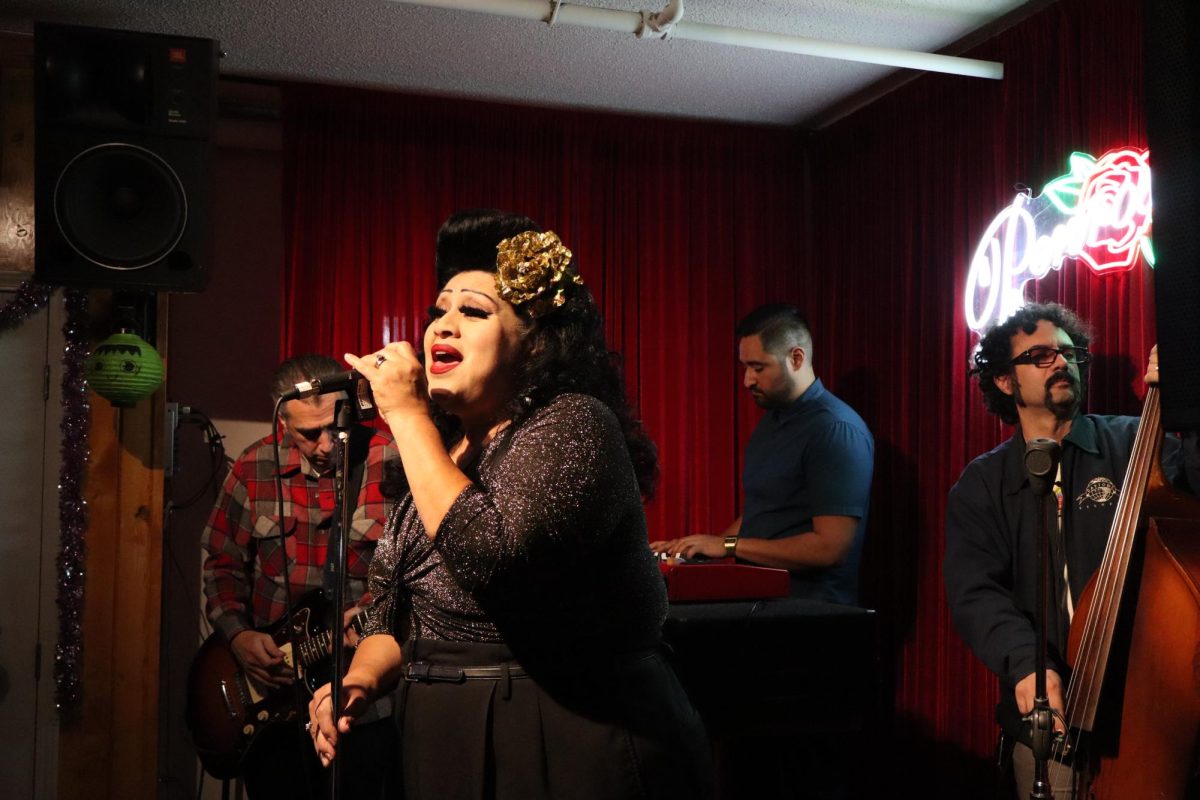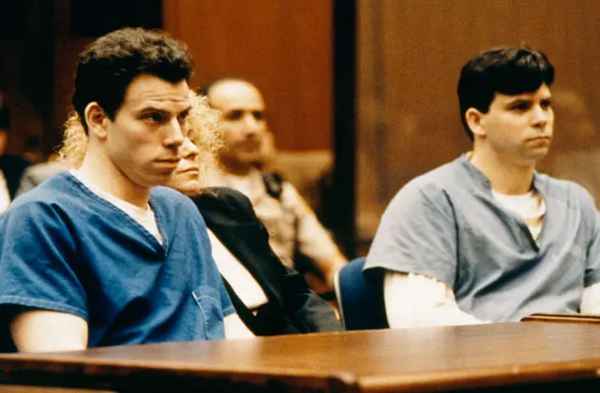By Giancarlo Domicolo
In August of 2015 binge-watchers of the popular Netflix original crime drama, “Narcos,” were left wondering what was next in Agents Steve Murphy (Boyd Holbrook) and Javier Pena’s (Pedro Pascal) search for the elusive leader of the Medellin Drug cartel, Pablo Escobar (Wagner Moura.)
The formula of the show tended to cut between the DEA agents in their search for the kingpin and Escobar himself as he called the shots for the ultra-violent Colombian drug cartel.
In its first season the show relied heavily on violent sequence after violent sequence which lead to its critic consensus on Rotten Tomatoes which states that the show, “lacks sympathetic characters, but pulls in the viewer with solid acting and a story that’s fast-paced enough to distract from its familiar outline.” It was given a 78% and certified fresh.
Critics and casual viewers loved the show and after about a year of waiting “Narcos” season two was released on the streaming service for paying subscribers to enjoy.
The season followed Escobar and the U.S. government agents right where they left off and ended with the death of the drug lord at the hands of the DEA and the Colombian police force.
For this new season the show seemed to stick to the extremely violent and fast-paced pattern of the first season, only this time with a new twist.
Now that Escobar was out of the frying pan and into the fire, the show evolved to add a more character-driven story, still keeping the violence, but now examining him thoroughly through dream sequences and even his actions in his family life.
In the first few episodes of the new season Escobar was still presented in a confident and powerful manner, however, as episodes pass and the U.S. government gets closer to catching Escobar, the audience begins to see El Patron weaken. He begins to be presented in high angle shots that isolate and show him as a small, powerless man.
Season 2 also does an excellent job of showing the man behind the murder. This season shows the viewers a lot more of Escobar’s wife, Tata (Paulina Gaitán), his mother, Hermilda (Paulina García) and his two children, which really humanizes him.
The audience gets to see what Escobar is like when he isn’t commanding murderers. The impact both his wife and mother have on his thought process, as well as seeing how the choices Escobar has made begin to affect the entire family, eventually leading to the death of his brother-in-law that doesn’t appear to phase him.
The most incredible aspect of this season is the examination of characters and their complex thought processes that were nonexistent last season. However, the show did begin to suffer from some miniscule weak points.
The show began to feel repetitive about half-way through the season. It seemed as though the creators were worried to stray from the precedent of having a machine gun sequence, reminiscent of Brian De Palma’s “Scarface” final scene, every episode. It felt as if they were worried they may lose viewers if the action ceased for even 45 minutes.
Also they began to show Escobar just sitting and talking to his children every time he would receive a phone call, as if that was the only way they could transition into a scene where Escobar needed to use a telephone.
The fact that the family was being integrated more often was great, but it began to feel uninteresting at points like these.
However, these weak points didn’t bring down the show at all. It stayed intense, captivating and kept me wanting more at the end of every episode.
The second season was a huge improvement, keeping the gripping violence and adding new character elements to give the show a fresh, well-rounded feeling. If you finished the first season of “Narcos,” season two is definitely a must-watch that you will undoubtedly enjoy and be left wondering how much Agent Pena knows about the Cali Cartel. You’ll have to wait until season three premieres in 2017 to find out.













